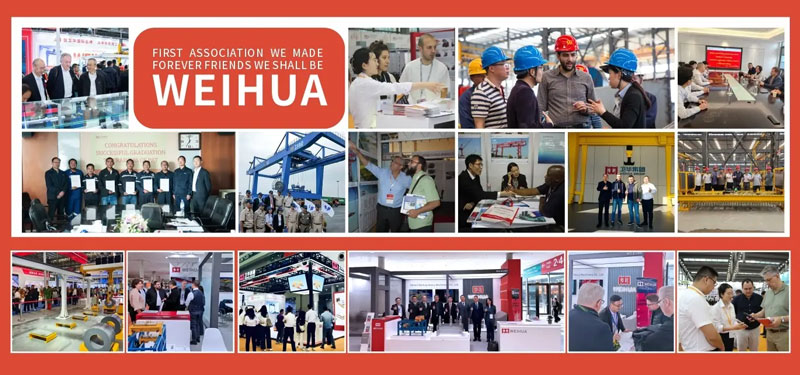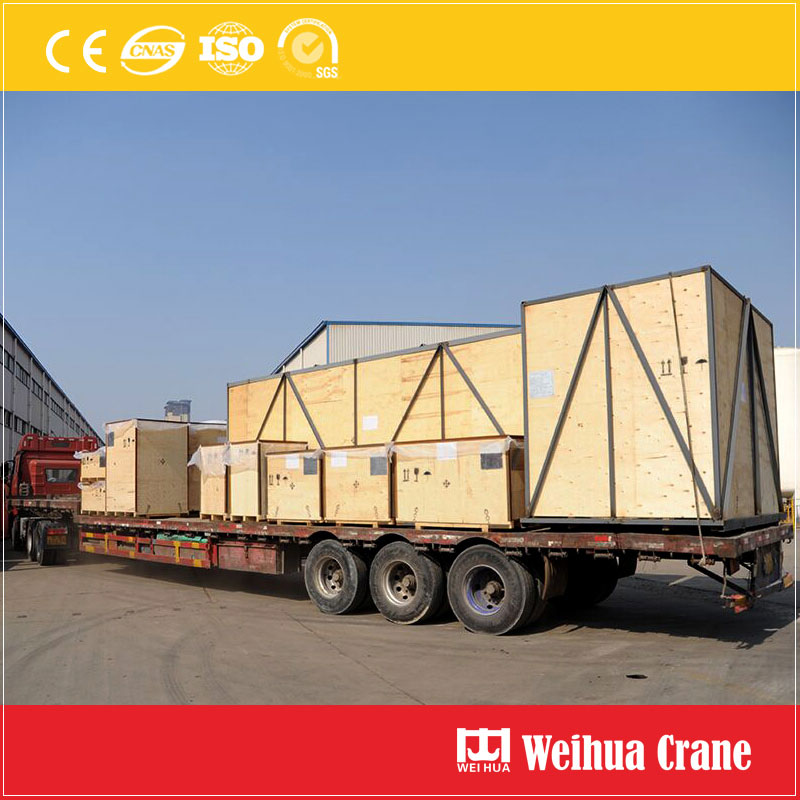Ray monteli portal vinç nedir?
2025-11-07
Daha önce yoğun bir limanı ziyaret ettiyseniz, konteyner alanı, veya büyük endüstriyel tesis, you’ve probably seen a towering machine gliding smoothly along rails, Ağır yükleri hassas bir şekilde kaldırmak ve taşımak. That machine is a rail mounted gantry crane (RMG) — a workhorse of material handling that’s designed to boost efficiency, emniyet, and productivity in high-volume operations.
Bu blogda, we’ll break down everything you need to know about RMG cranes: what they are, how they work, their key uses, advantages over other cranes, and what to consider when choosing one. Whether you’re in logistics, üretme, or port management, this guide will help you understand why RMG cranes are a game-changer for heavy-load handling.
For more information about RMG cranes, lütfen bakın: Ray Monteli Portal Vinç

A rail mounted gantry crane (RMG) is a type of gantry crane that travels along fixed rail tracks instead of tires or wheels on the ground. It consists of a large, bridge-like structure (the “gantry”) supported by two or more legs, with a hoist and trolley system that moves horizontally along the gantry’s beam to lift, transport, and place heavy loads (such as containers, çelik bobinler, or machinery).
Unlike rubber-tired gantry cranes (RTGs) — which move freely on paved surfaces — RMGs are confined to their rail tracks, making them ideal for applications where loads need to be moved along a fixed path (Örn., from a ship to a storage yard, or between production lines). They’re typically used for heavy-duty, high-frequency lifting tasks where precision and speed are critical.

The operation of an RMG crane is straightforward but highly efficient, thanks to its modular design and automated (or semi-automated) kontroller:
- 1. Rail System: The RMG’s legs are fitted with wheels that roll along dedicated steel rails, which are embedded in the ground or a concrete foundation. This rail system ensures smooth, stable movement along a fixed route.
- 2. Portal Kirişi: The horizontal beam (gantry) spans the width of the working area, providing a track for the trolley.
- 3. Arabası & Hoist: A trolley travels along the gantry beam, carrying a hoist (the lifting mechanism). The hoist uses a cable, zincir, or hydraulic system to lift loads vertically.
- 4. Kontroller: Modern RMG cranes can be operated manually (via a cab on the gantry or a remote control) or fully automated (using sensors, kameralar, and software to navigate and handle loads without human intervention). Automated RMGs are increasingly popular in smart ports and yards, as they reduce labor costs and human error.

RMG cranes are versatile and used across a range of industries, but they excel in environments with high-volume, repetitive lifting. Here are their most common applications:

RMG Cranes For Container Terminals & Limanlar
. #1 use for RMG cranes is container handling in ports and intermodal yards. They unload containers from ships (often working alongside ship-to-shore cranes) and stack them in storage yards, or load them onto trucks, trains, or barges. Their ability to handle 20ft, 40ft, and even 45ft containers with precision makes them indispensable for global logistics.
In rail yards, RMG cranes transfer containers between trains and trucks, or stack them for temporary storage. They’re ideal here because rail yards have fixed paths (matching the RMG’s rail tracks), allowing for seamless, efficient transfers.
Heavy industries like steel, otomotiv, and construction use RMG cranes to move large components (Örn., çelik bobinler, motor blokları, precast concrete panels) between production lines, storage areas, and shipping docks. Their high load capacity (often 50–1000+ tons) makes them perfect for lifting oversized, heavy items.
Large warehouses and distribution centers (especially those handling bulk goods or heavy pallets) use smaller RMG cranes to organize and move inventory efficiently. Automated RMGs can work 24/7, reducing downtime and increasing throughput.

Why choose an RMG crane over other material handling equipment (like RTGs, gezer vinçler, or mobile cranes)? Here are the top advantages:
- 1. High Precision: RMGs move along fixed rails, eliminating sway and ensuring accurate load placement — critical for tasks like stacking containers or positioning heavy machinery.
- 2. Artan Verimlilik: Automated RMGs can work continuously without breaks, and their horizontal movement is faster than many other cranes. This boosts throughput in high-volume operations.
- 3. Heavy Load Capacity: RMGs are designed to lift extremely heavy loads (kadar 1000+ ton) and span wide areas (kadar 100+ metre), making them suitable for large-scale projects.
- 4. Space-Saving: Unlike overhead cranes (which require ceiling support), RMGs are freestanding and use vertical space efficiently. They can stack loads higher than RTGs, maximizing storage space in yards.
- 5. Düşük Bakım: Rail systems are durable and require less maintenance than rubber tires (which wear out quickly in harsh environments like ports). This reduces downtime and long-term costs.
- 6. Emniyet: Automated RMGs minimize human interaction with heavy loads, kaza riskini azaltmak. Manual RMGs also have safety features like anti-collision sensors and load limiters.
Many people confuse RMGs with RTGs, but they’re designed for different use cases. Here’s a quick comparison:

If you’re thinking about investing in an RMG crane, here are the key factors to keep in mind:
- 1. Yük kapasitesi: Determine the maximum weight you’ll need to lift (konteynerler, makineler, vesaire.). RMGs range from 50 ton 1000+ ton.
- 2. Açıklık & Lift Height: Measure the width of your working area (açıklık) and how high you need to lift loads (lift height). Ensure the RMG can cover your entire workspace.
- 3. Automation Level: Decide if you need a manual, semi-automated, or fully automated RMG. Automated systems are more expensive upfront but save money long-term in labor costs.
- 4. Rail Installation: RMGs require dedicated rails. Factor in the cost of rail installation (concrete foundations, rail tracks) when budgeting.
- 5. Manufacturer Reputation: Choose a reputable manufacturer with experience in your industry. Look for certifications (Örn., ISO, CE) and after-sales support.
Rail mounted gantry cranes are more than just big machines — they’re a strategic investment for businesses that need to move heavy loads efficiently, güvenli bir şekilde, and precisely. Whether you’re running a port, a rail yard, or a manufacturing plant, an RMG crane can streamline your operations, reduce costs, and boost productivity.
A: Standard spans range from 20 meters to 50 metre, but custom designs can reach 100 meters for large-scale facilities.
A2: Evet, most RMG cranes are designed for outdoor use with weatherproof components (corrosion-resistant steel, sealed electronics).
A3: Installation typically takes 4–8 weeks, including rail laying, gantry assembly, and testing.
A4: Electric-powered RMG cranes are highly energy-efficient, with regenerative braking systems that recover energy during lowering—reducing utility costs by 20–30% compared to diesel RTGs.
PDF ile paylaş: İndirmek











Son Yorumlar